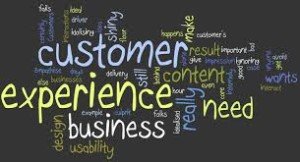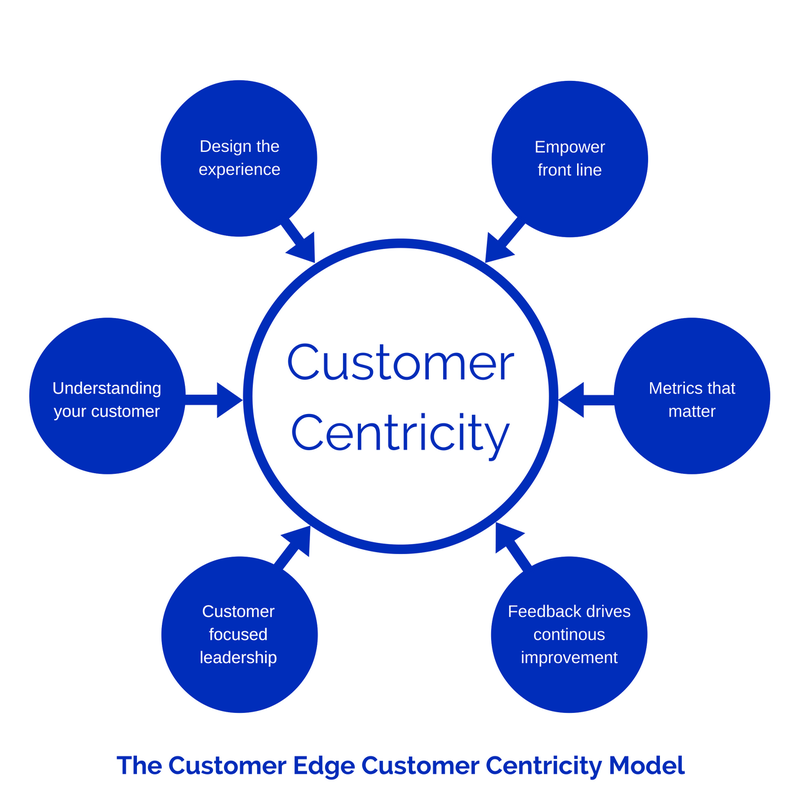CXREFRESH revolves around the notion of a “Customer Experience (CX) Mindset.” High-end hospitality companies have owned the CX space for years because they maintain this mindset that every touch point they have with a customer has to be excellent. They want customers to leave their hotel or restaurant feeling like “wow – that was an amazing thing that I just experienced.”
Here’s the secret though – high-end hospitality’s mindset can (and should) be applied to every industry – it’s the way of the future.
Insist on a great experience
We work with a variety of companies in many industries at CXREFRESH, and we’re seeing that the companies thriving in their given sectors are the ones who have a mindset that “our customer is someone who must have a great experience.”
Whether that somebody is visiting a retail bank; having a field service agent visit their home to perform utility service, or even if that somebody is a patient on medication for a rare disease that requires additional support services from a case manager. What’s it like to walk into that retail bank; to have that field service visit the home; to experience that specialized drug?
Treat every customer like a house guest
High-end hospitality companies approach their customers as guests. Every touch point needs to go really well on every channel – whether it’s online, in-person, or calling a call center.
If you think of your customers as guests, and make every interaction with them feel like they’re a guest coming into your home, your business will change dramatically.
Think through your touch points
Again, it doesn’t matter what industry you’re in. Start by thinking about how your customer would feel interacting with your company at any given point in time. How does your customer feel when they call into your call center and your agents answer the phone? Does the agent answer the phone like the customer is a welcome guest in their home, or are they answering with one eye on the clock with an attitude of “I’ve got to get off the phone in 30 seconds – I can’t talk to anyone for too long or I’ll get fired”?
To create a Customer Experience (CX) Mindset across your organization, make yourself think like a high-end hospitality company – even if you’re not one – and you’ll have an incredible competitive advantage going forward.



